Latest Blog Posts
Your gateway to industry trends and updates

Why Data Driven CAD is Preferred over File Based CAD
The need for PLM integration with CAD is one of the key concerns of any engineering company to stay competitive and launch the product in the…
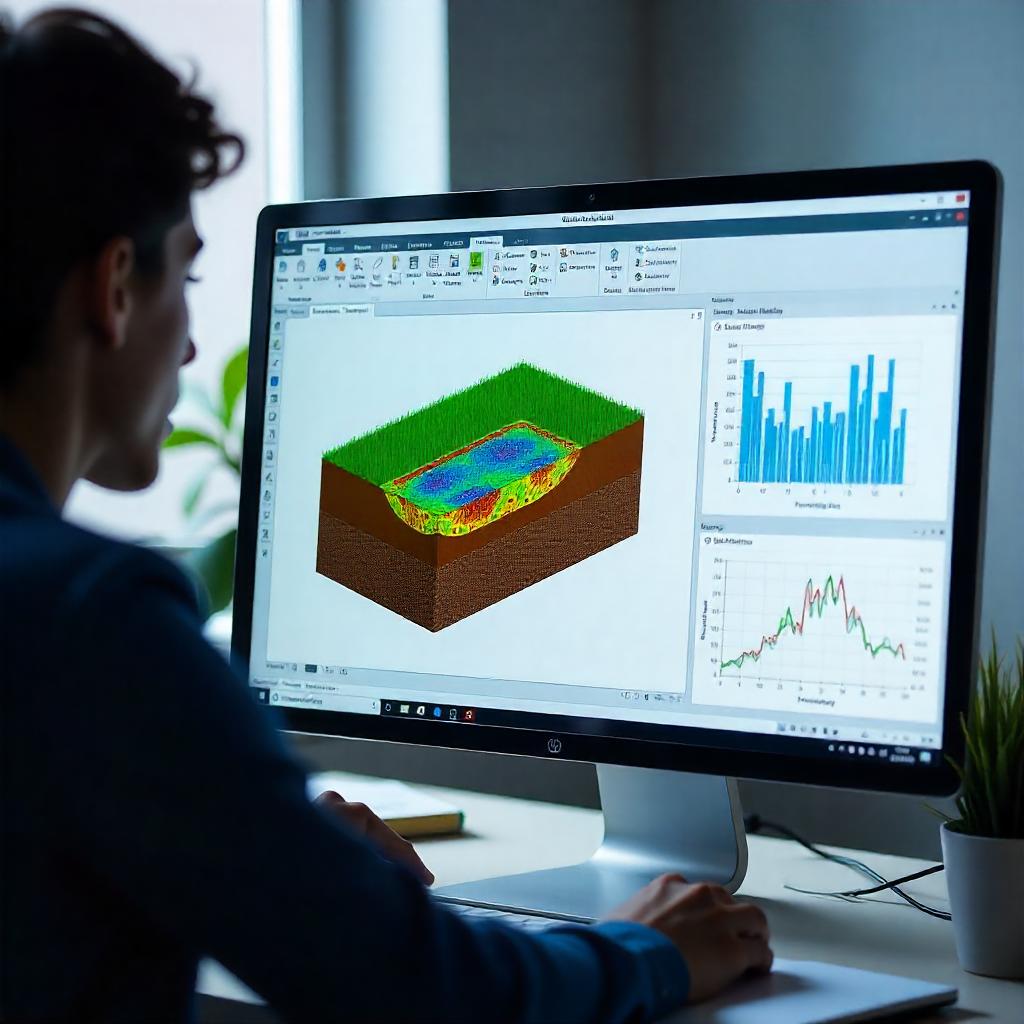
How to perform Geotechnical Analysis of Soil using ABAQUS
The analysis of geotechnical problems is rather complex due to stress dependent material behavior and varying stiffness for loading and unloading conditions. Generally, soil has…
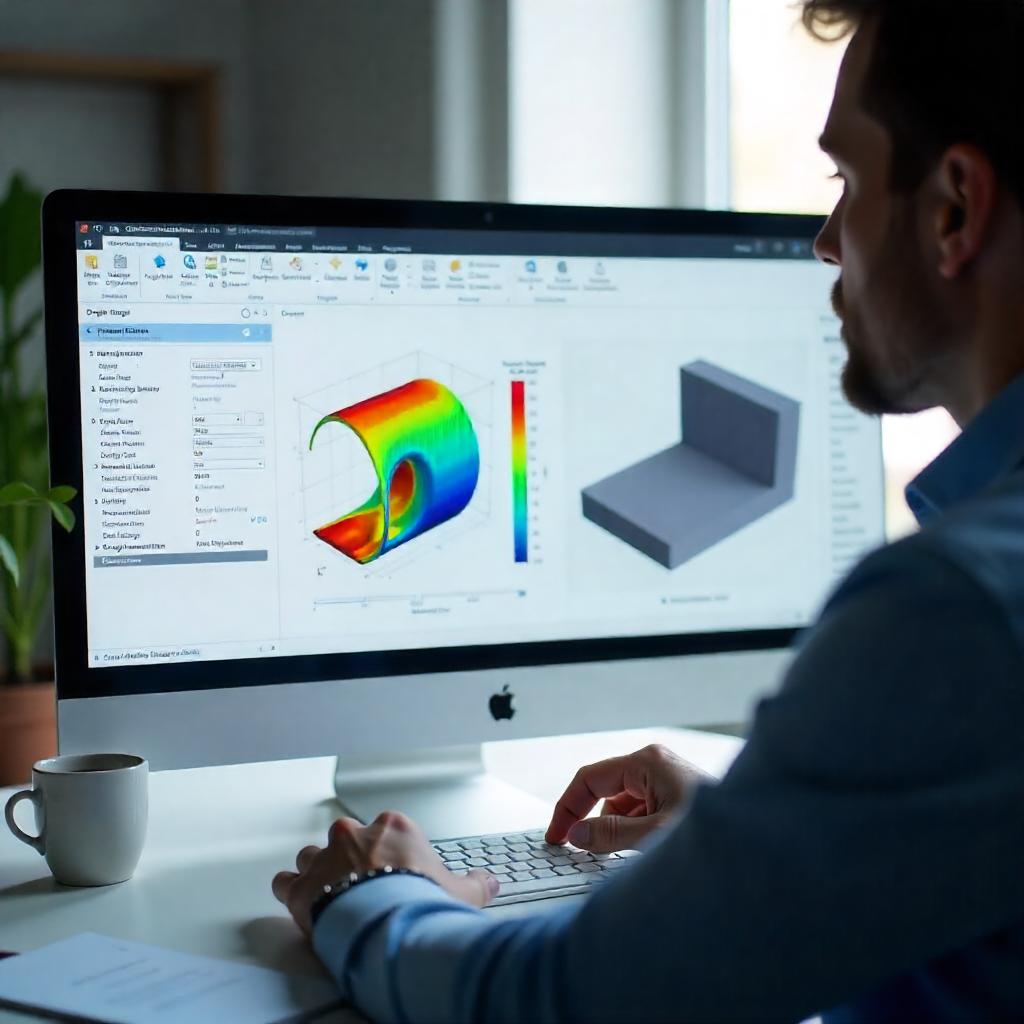
Material Calibration in 3DEXPERIENCE Platform
What is Calibration? Calibration is the comparison of measurements with a standard, accurate reference. The mathematical material model is generally defined using equations. This…
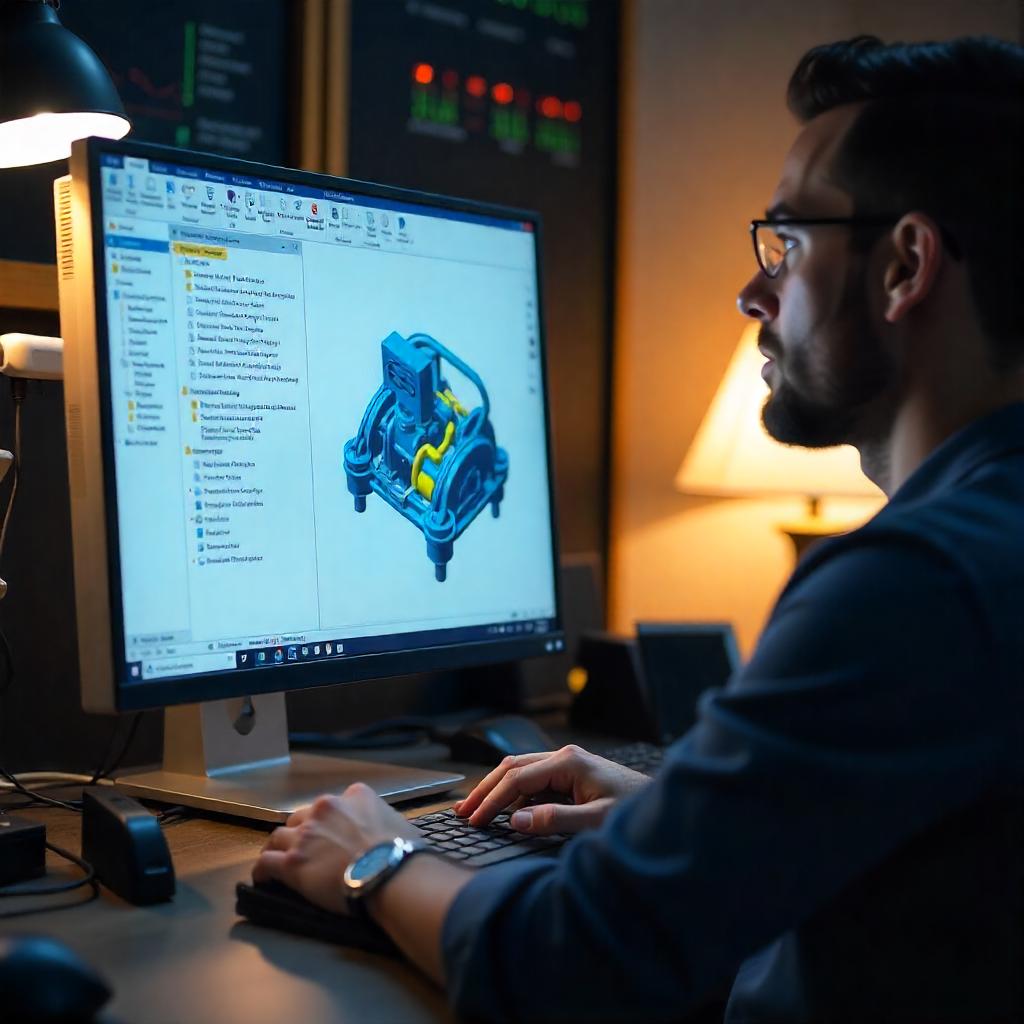
Save options in CATIA V5
There are multiple ways to save a document in CATIA V5. It sometimes depends on organization guidelines. In this blog, multiple options of saving a…
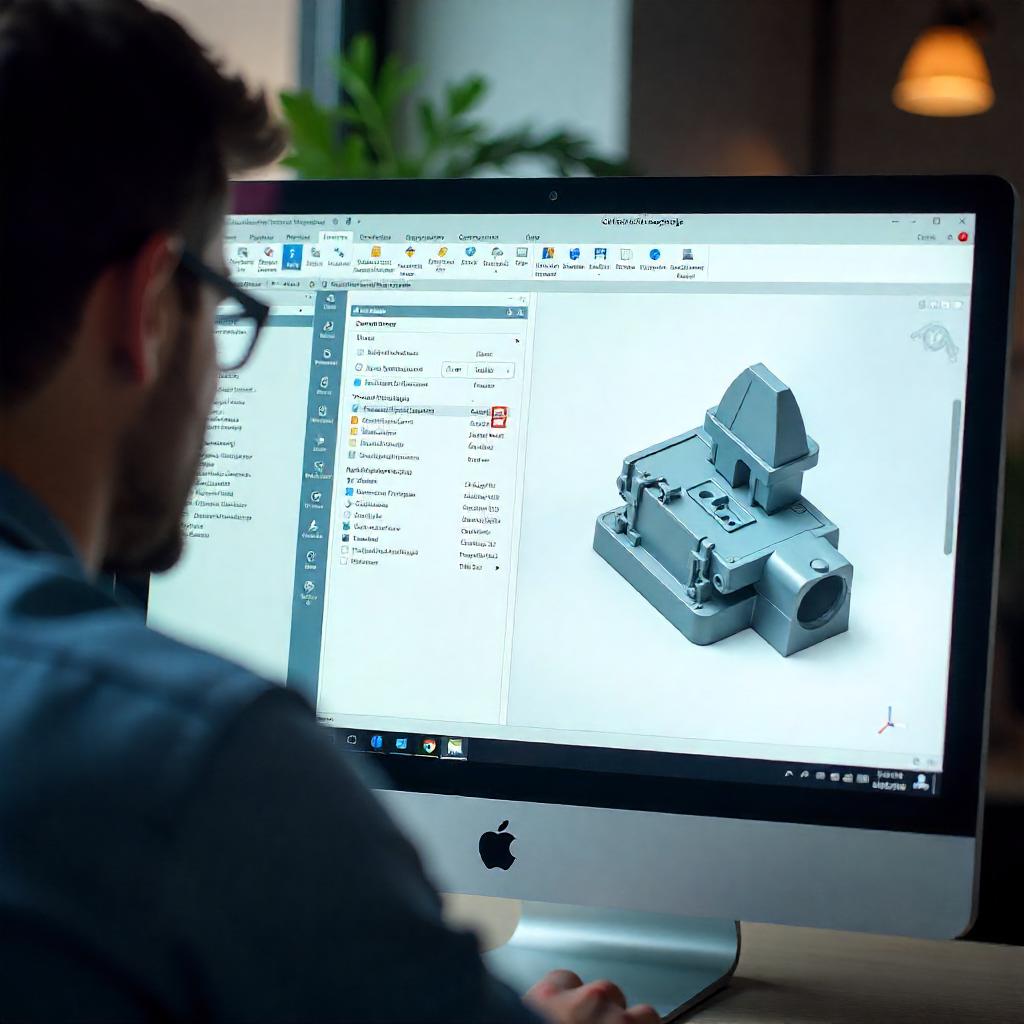
Customizing CATIA CATSettings
Every organization has its own standards and requirements when it comes to designing in CATIA. To adhere to these standards and requirements, some changes need…

How to Solve CATIA V5 R29 GA Installation Error
When the setup application is launched, Some times CATIA V5-6R2019 GA installation crashes out immediately. This is due to the bug reported in the original…
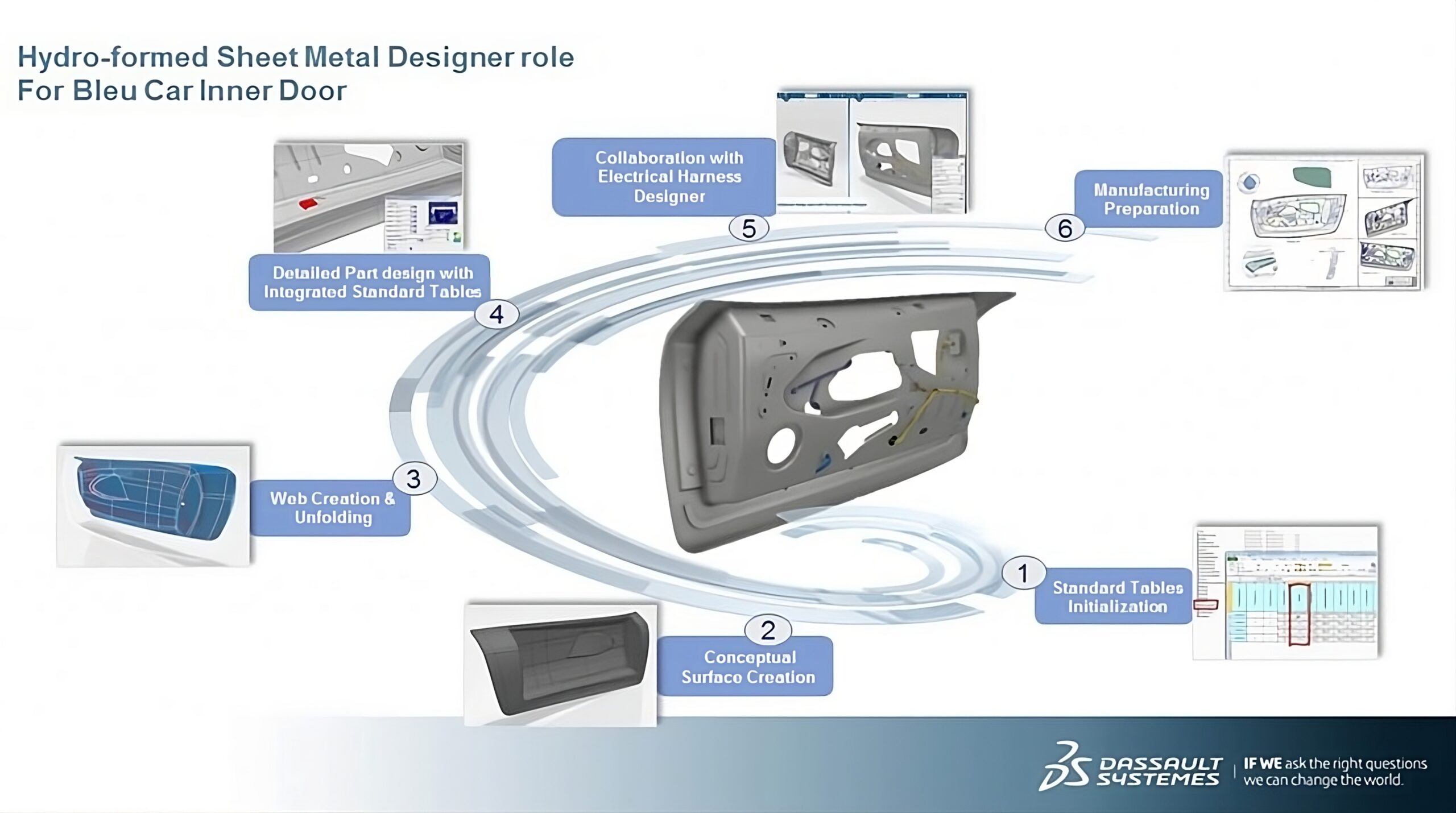
How CATIA 3DEXPERIENCE helps in the design of hydroforming-manufactured parts
Introduction There is always a challenge to meet the high expectations of auto and aero industry when it comes to the parts. The suppliers need…

Design Considerations during Design of Rubber Parts
During designing a rubber component, multiple factors need to be taken care of. These factors are as listed: material considerations with required technical specifications and…
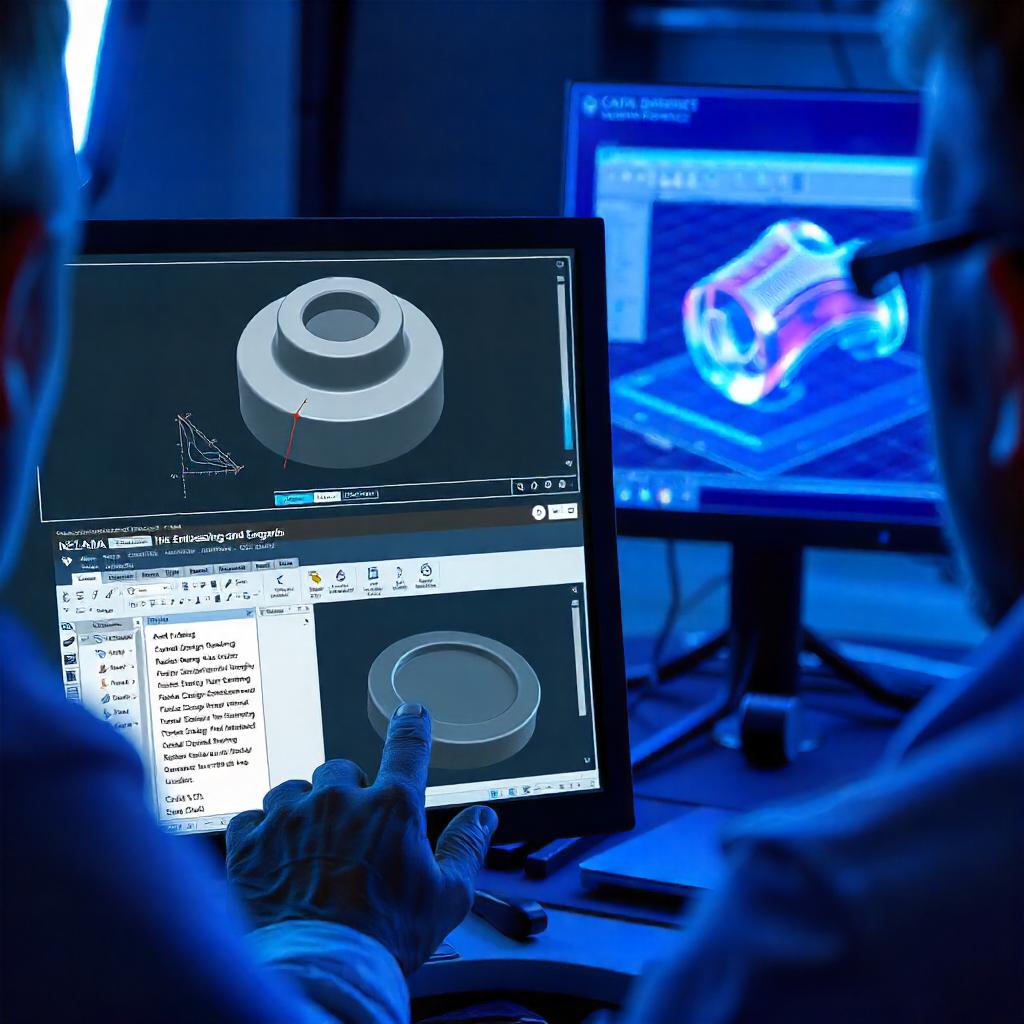
How to Create Embossing and Engraving in CATIA V5 and CATIA 3DEXPERIENCE
Embossing is a metal forming process for producing raised or sunken designs or relief in sheet metal by means of matched male and female roller dies, theoretically with…

Parametric Modelling in CATIA V5
The dimensions in a 3D Model have some relationships or interconnections with each other in Parametric Modelling in CATIA V5. If any one of the…

Connecting 3DEXPERIENCE with Microsoft Office 365
Why should 3DEXPERIENCE be connected with Microsoft Office 365 To enable the user to get email notifications for password reset and for all the tasks…

Links Management in CATIA V5
CATIA link is a dependency relation used to share geometric, parametric or positioning information between components in CATIA V5. Links in CATIA are unidirectional and…
Subscribe to our newsletter
Get all the latest information on Events, Sales and Offers.